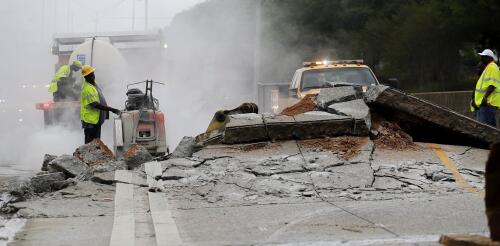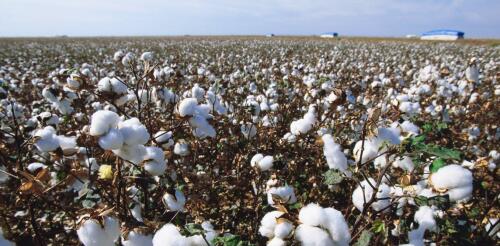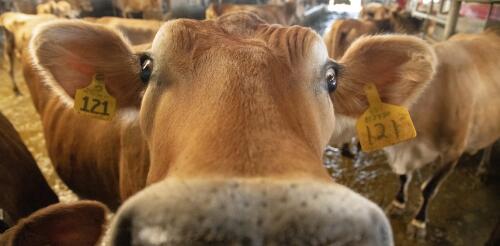Innovation
Summer 2024’s record heat is creating problems for transportation infrastructure, from roads to rails. New York’s Third Avenue Bridge, which swings open for ship traffic on the Harlem River, was stuck for hours after its metal expanded in the heat and it couldn’t close. Roads have buckled on hot days in several states, including Washington and Wisconsin. Amtrak warned passengers to prepare for heat-related problems hours before a daylong outage between New York and New Jersey; the risks to power lines and rails during high temperatures are a growing source of delays for the train system. It doesn’t help that the worsening heat is hitting a U.S. infrastructure system that’s already in trouble. The American Society of Civil Engineers gave U.S. infrastructure an overall grade of C- in its latest national Infrastructure Report Card, released in 2021. While there has been some improvement – about 7.5% of U.S. bridges were in poor condition, compar...
Cotton is one of the most valuable crops grown in the U.S., with a harvest value of some US$7 billion yearly. It is cultivated across a crescent of 17 states stretching from Virginia to California and is used in virtually every type of clothing, as well as in medical supplies and home goods such as upholstery. Cotton grows inside a hard, fibrous case called a boll. About 100 days after planting, the bolls mature and split open, revealing thousands of fluffy white fibers inside. Each boll contains 20 to 40 seeds with fibers attached to them, which is why the cotton plant’s fruit is called seed cotton. Picking cotton manually, as is still done in some major producing countries, is a meticulous task. Workers have to bend to reach the bolls and can hurt their hands on hard, dry parts of the plants. To harvest the seed cotton, they have to grab and twist it to separate it from the boll without leaving fiber behind. Starting in the 1930s, cotton farmers in the U.S. shifted f...
For the first time ever, food and agriculture took center stage at the annual United Nations climate conference in 2023. More than 150 countries signed a declaration, committing to make their food systems – everything from production to consumption – a focal point in national strategies to address climate change. While the declaration is thin on concrete actions to adapt to climate change and reduce emissions, it draws attention to a crucial issue. The global food supply is increasingly facing disruptions from extreme heat and storms. It is also a major contributor to climate change, responsible for one-third of all greenhouse gas emissions from human activities. This tension is why agriculture innovation is increasingly being elevated in international climate discussions. Farmers work in a field during monsoon rains in Madhya Pradesh, India. Rajarshi Mitra via Flickr, CC BY-ND At presen...
Climate change can seem like an insurmountable challenge. However, if you look closely at its causes, you’ll realize that history is filled with similar health and environmental threats that humanity has overcome. The main cause of climate change – carbon dioxide from the burning of fossil fuels – is really just another pollutant. And countries know how to reduce harmful pollutants. They did it with the pesticide DDT, lead paint and the power plant emissions that were causing acid rain, among many others. In each of those cases, growing public outcry eventually led to policy changes, despite pushback from industry. Once pressured by laws and regulations, industries ramped up production of safer solutions. I am an earth and environmental scientist, and my latest book, “Reclaiming Our Planet,” explores history’s lessons in overcoming seemingly insurmountable hazards. Here are a few examples: Banning DDT despite industry pushback DDT was the f...
The Research Brief is a short take about interesting academic work. The big idea A new plant-based substitute for polyurethane foam eliminates the health risk of the material, commonly found in insulation, car seats and other types of cushioning, and it’s more environmentally sustainable, our new research shows. Polyurethane foams are all around you, anywhere a lightweight material is needed for cushioning or structural support. But they’re typically made using chemicals that are suspected carcinogens. Polyurethanes are typically produced in a very fast reaction between two chemicals made by the petrochemical industry: polyols and isocyanates. While much work has gone into finding replacements for the polyol component of polyurethane foams, the isocyanate component has largely remained, despite its consequences for human health. Bio-based foams can avoid that component. These bio-based foams avoid the need for petroleum pro...




